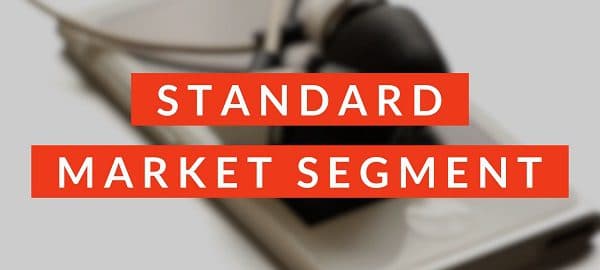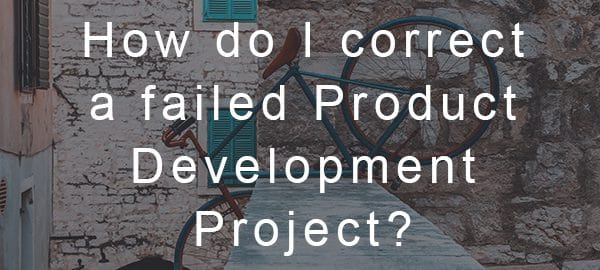This article will be a three-part series introducing the market segments in Music2Go Marketing Business Simulation. In this article, we’ll be talking about the Standard Segment.
Market Segments in Music2Go Marketing
There are three market segments in Music2Go – Standard, Youth, and Sports (Multi-Player only).
These segments have different sizes, projected growth, sensitivity to price, advertising, distribution, and product specs.
You start with a single MP3 Player product in the Standard market segment. Starting in Year 3 (after 2nd rollover) you may improve your existing product and/or launch additional products into new market segments (up to a maximum of 4 products by Year 6). Part of the challenge of Music2Go is in being able to balance the needs of your products within your limited marketing budget.
Standard Segment
Consumers in this segment tend to be less active than those in the Sports segment and thus do not require the high level of technological specifications inherent in sports designs. While young adults in this segment share the purchasing ability of their sports counterparts, they are more price conscious, which is reflected in the relative pricing between these two segments.
- Medium priced ($85 – $100) with high price sensitivity
- Price range is $40 to $120, but the recommended range is $85 to $100.
- Medium sensitivity to advertising
- High sensitivity to distribution coverage
- Low sensitivity to product specifications
- Consumer style / tech spec preferences change slowly, so segment moves
slowly on perceptual map.
Since consumers in this segment are highly price sensitive, you can expect some price competition. Plan for this with cost reduction projects to maintain acceptable unit margins. However, be careful of engaging in a price war. No one wins a war. This is the slowest moving segment and has low sensitivity to product specs. So you may only require a single product spec improvement project midway through the simulation to remain competitive. It is the largest of the three segments but has minimal underlying growth.
You will be selling a single Standard Segment music player in the first two years of the simulation. After the 2nd rollover you may launch additional products into the Youth and Sports segments (Multi-Player only).





